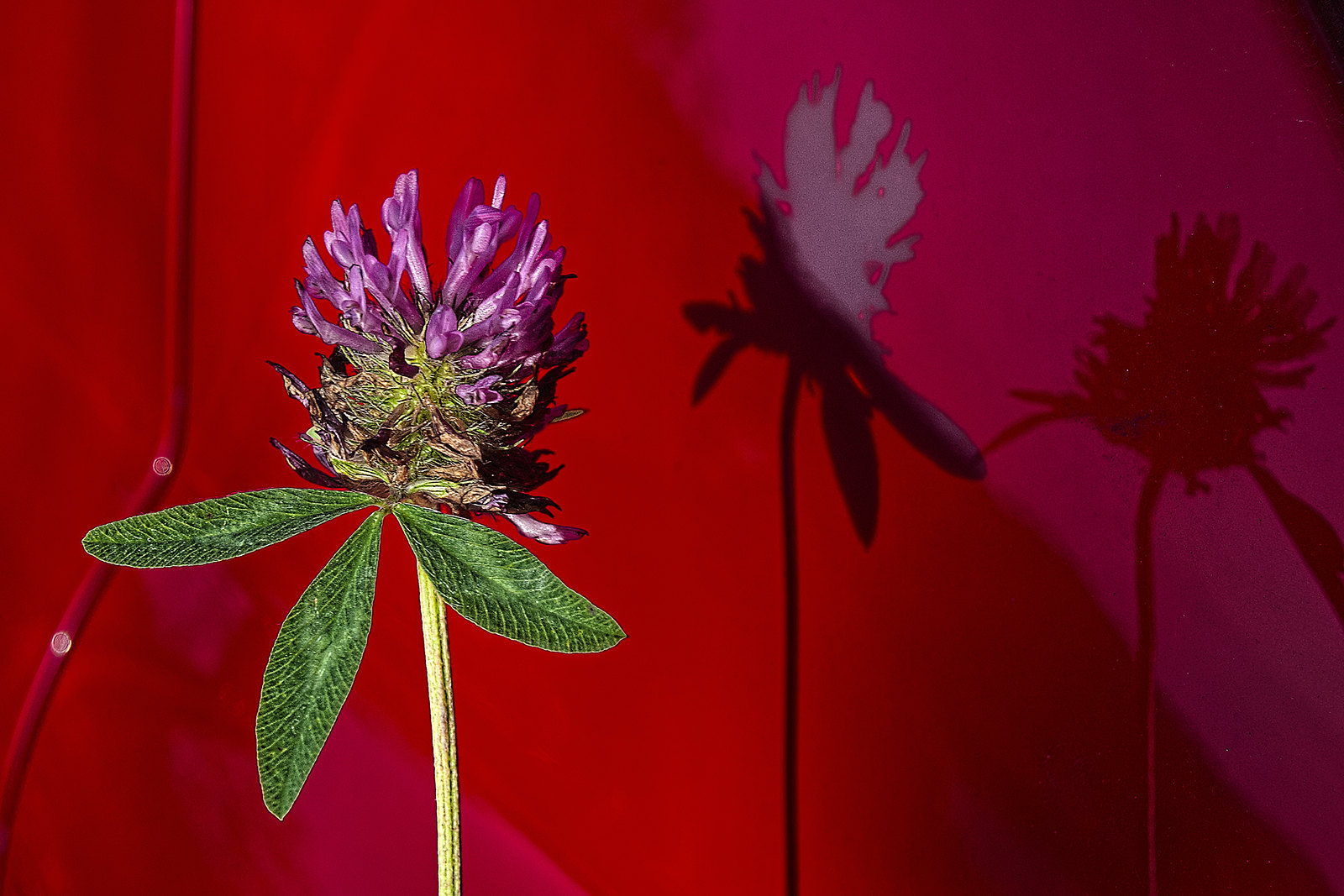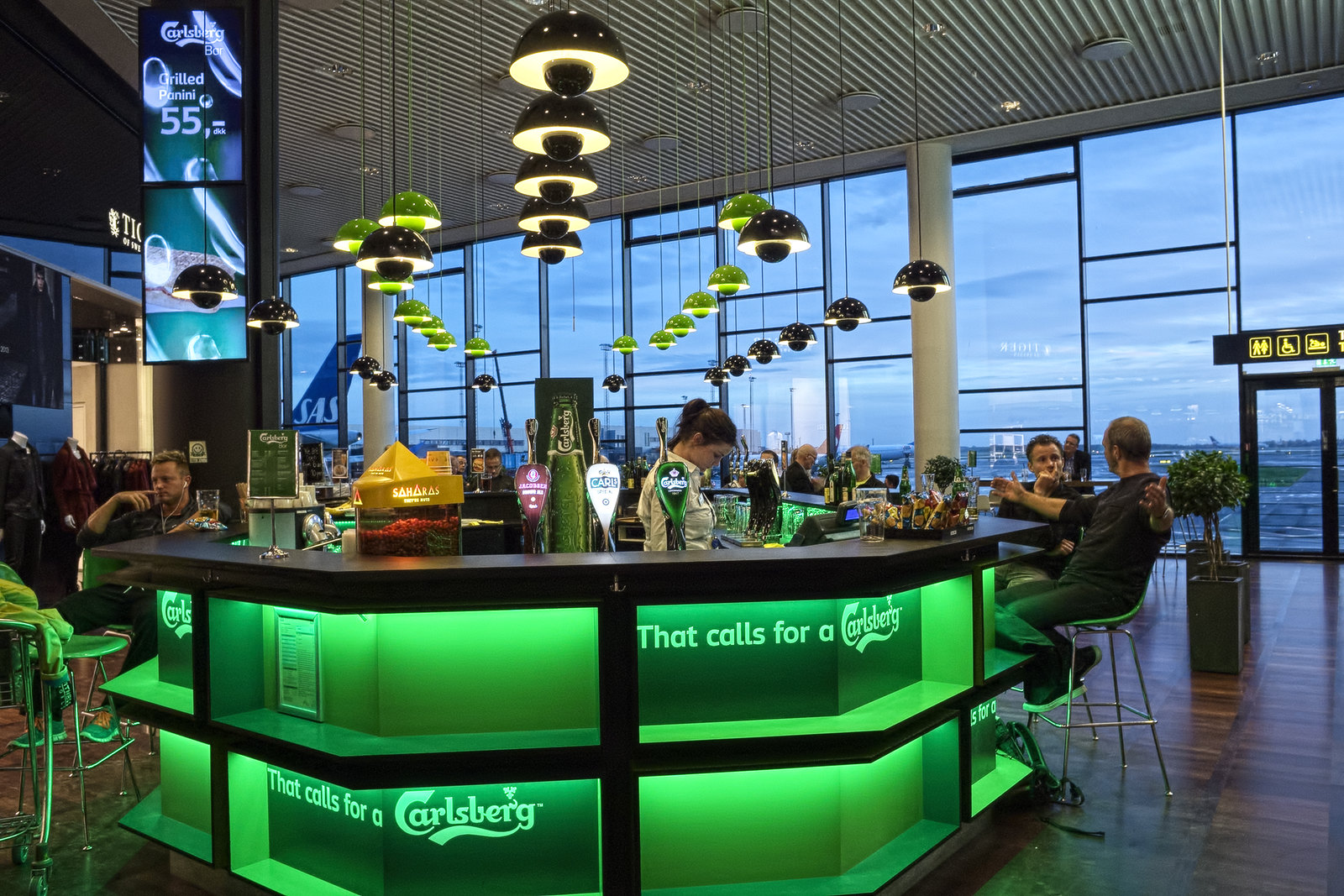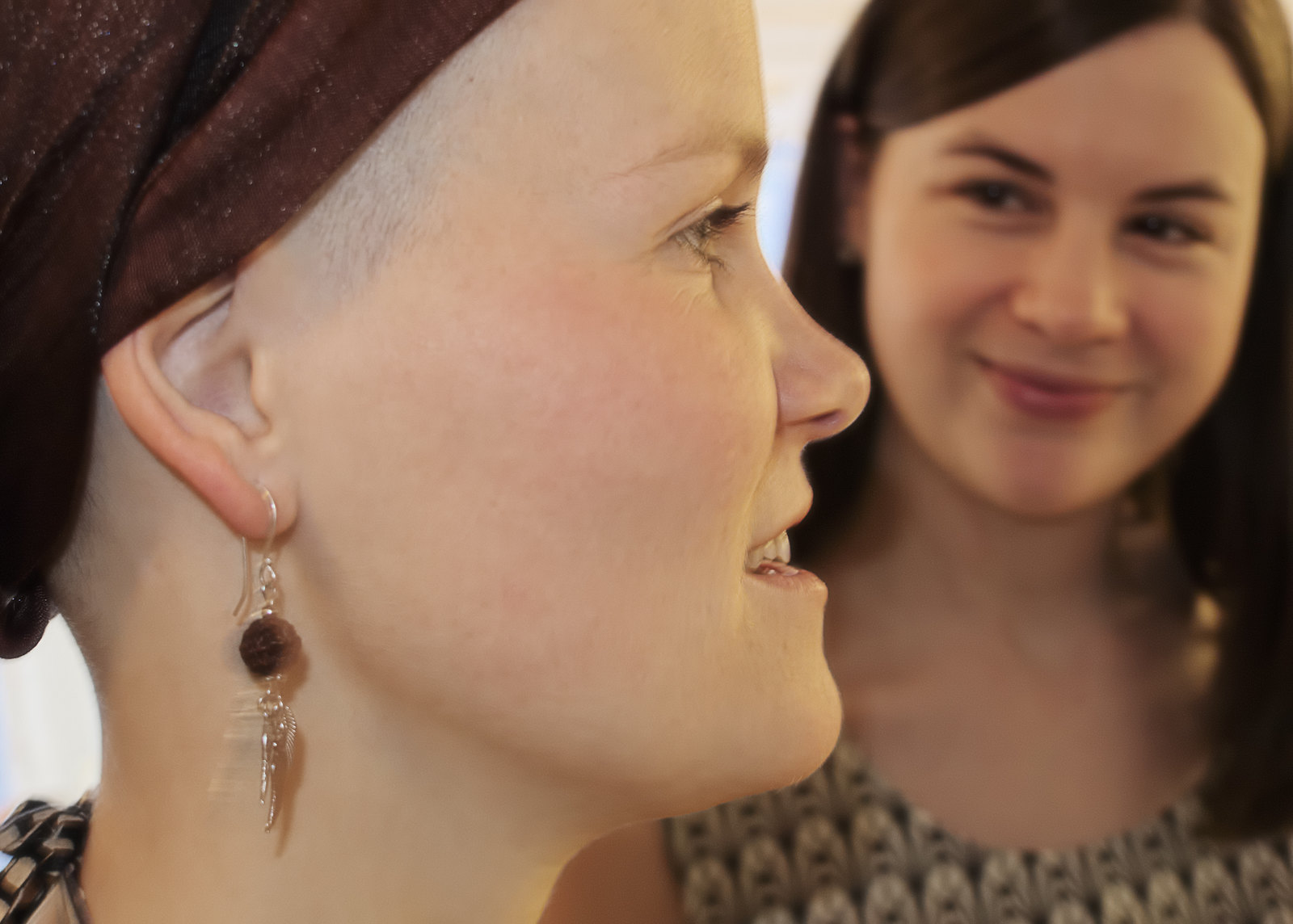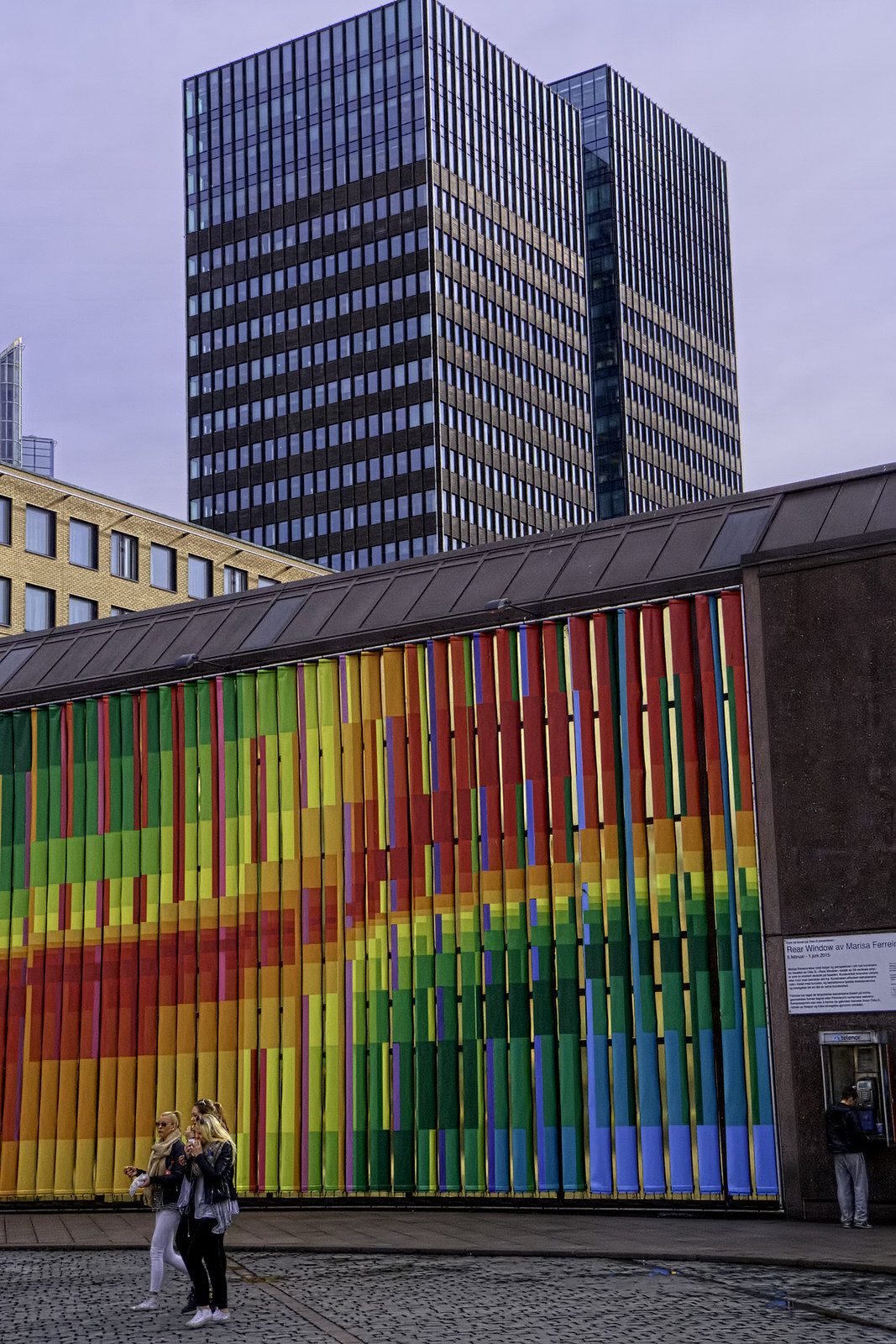[ Posted 19 April 2015 Edited and reposted by agreement ]Everyone by now knows I'm infatuated with the Nikon Df camera and that it has been my daily work horse even before it was launched in November, 2013. A lot has been posted on the 'net on this topic by myself and other, sadly, some contributions have fallen prey to censorship for strange reasons. Perhaps the Df is pure dynamite as well?
Now, I happen to believe in the concurrency principle for cameras as well as for human relationships. Thus for all the time with the Df cameras I also brought with me various models from the 1 Nikon range. Initially I purchased a nice 1V1 at rock-bottom price when it went on fire sales, and added more lenses to it over the years. I also got adapters (FT1 and third-party) to use Nikkors and more exotic lenses on the 1 series cameras. A year ago I also got the AW1, a roughened model capable of surviving over and under water (provided you use with the dedicated AW Nikkors of course).
The 1 Series models and their CX mount lenses are
not made with the professional photographer in mind. The features are simplified and aspects deemed essential for 'pro' usage are left out. For example, there is no way you can focus manually* (except the 32 mm f/1.2 which offers focus-by-wire). To balance the picture as it were, you have a neat inconspicuous camera and fast-responding AF when the dedicated CX lenses are used: A perfect combination for a lady's purse or a spacious pocket.
* (added: these lenses lack a focusing collar and any MF has to be performed through the menus by pushing buttons. In my view, this is just a gimmick and highly impractical. The 32/1.2 does have a collar to allow focus-by-wire, but focusing feel isn't great and neither is accuracy))
The small CX format confers drawbacks and advantages. To deal with the problems first; image clarity is easily impacted by graininess if you push the ISO settings too far up, dynamic range is less convincing than with current DX or FX models, and the user interface can take time - if at all - to understand. These issues are to seen against having a small camera easy to bring with you at all times, very fast AF operation, decent video capability if you're not in need of anything more sophisticated than good HD quality, and the versatility of experimenting with highly unusual or exotic lenses. Since focal lengths of the native lenses need to be fairly short, you can get a lot of depth of field just by stopping a little down. The overall image quality suffices to make files that are acceptable to my stock library. Thus they really aren't that bad. These cameras are not just toys. Even GPS is supported, either built-in or as an accessory.
The perceived lack of features should not prevent even seasoned photographers from dabbling with 1 Series models. Perhaps the limited feature set enforces a stream of mindfulness to unleash your creative potential by making you better aware of yourself as the decisive factor for creating photographs. I'm not ashamed of admitting that I like the CX concept much more now after initially being set pretty firm against it.
My current 1 Series models are as follows;
- Nikon 1 V1: The model that set the CX format going. Very elegantly shaped and with its elegance comes an impractical user interface that really is an acquired taste to swallow. It handles better with a custom-built grip attached. Erik [Lund] aka Dr. Lens to the rescue again. The 1 V1 sports a 10 MPix sensor and should be run at quite low ISO settings if you want a clean image. ISO 400 is usually okay, though. The EVF finder is far too bright and normally I try to use the rear panel instead. There is an accessory shoe in a proprietary layout that allows you to mount various accessories. I use it for plugging in a small GPS receiver, or a cute small LED-based flash device.
- Nikon AW1: Announced to be waterproof down to 15 m or so, the AW1 packs a 14 MPix sensor in a casing bigger than the 1 V1. It is also heavier so easier to hold. With either of the dedicated AW Nikkor lenses it tolerates being knocked about and should survive a drop from 2 m height (if you let it fall on not too hard ground). Unlike the 1V1, there is no EVF to nag me. The camera has a well-functioning GPS built in, but due to the nature of things reliable geocoordinates are only attained for land use of the AW1. ISO performance is better than the 1 V1, but miles away from what my Nikon Df would provide.
The AW Nikkors utilise a large skirt to their rear that slides over and sits firmly against an O-ring surrounding the lens mount. Provided you clean off dirt and grime from the O-ring and keep it lubricated, the watertight connection is simplicity itself and only reveals its double function by the lens being very stiff to remove or attach. A collar, supplied with the camera, protects the O-ring when you want to mount ordinary CX lenses or adapters. Just remember the camera then no longer is water tight.
I have added a silicone skin - in orange - to the AW1 and its 11-27.5 lens in order to make the package appear similar to my beloved Nikonos of the past, plus this skin makes the outfit tolerate even more abuse.
The user interface of the AW1 is simplified to allow the camera to be operated under water with gloved hands. This means some functions are only reached by going through menus, so set up the camera to your preferred usage pattern. Just like the 1 V1 and other 1 Series models, it does HD video with excellent quality and of course you can capture your footage of the submersed world too.
I own the following CX lenses;
- 6.7-13 mm f/3.5-5.6
- 10 mm f/2.8
- 10 mm f/2.8 AW (sharper than the non-AW, by the way)
- 11-27.5 mm f/3.5-5.6 AW (underwater version of the 10-30 kit lens)
- 18.5 mm f/1.8 (provides a 'normal' angle of view)
- 10-100 mm f/4-5.6
All are good performers, but my nod goes to the AW versions. The fast 18.5 is also top-notch, and the 10-100 I recently got second-hand for a song is no slouch either. I also used the kit 10-30 mm f/3.5-5.6 zoom and you do get decent quality for a very low price with that lens. Filter thread is 40.5 mm for most members of the CX range except the wide 6.7-13 mm that uses 52 mm and the 10-100 that takes 55 mm filters. The 6.7-13 and 10-100 zoom lenses are quite short when they are in a parked position. You have to unlock it by pushing a release button on the lens casing and extend the lens to make it operational. This action also switches the camera on. When you lock the lens, the camera turns off. Quite practical unless you are in a hurry, but then the 1 Series isn't a concept for rapid action photography.
Through the adapters, a raft of other lenses are available. Thus I list only the ones most frequently employed on my 1 Series models.
- Fisheye-Nikkor 16 mm f/2.8 AIS
- 35 mm f/1.8 W-Nikkor (S mount)
- Rodenstock Heligon 50 mm f/0.75
- Nikkor 50 mm f/1.2 AIS
- CRT-Nikkor 55 mm f/1.2 (goes to infinity focus on a short helicoid)
- CV 125 mm f/2.5 APO-Lanthar (mainly video)
- AFS 200 mm f/2 Nikkor (mainly video)
I'm going to post a number of pictures to demonstrate the visual diversity these cameras is capable of.
Let this picture taken by the humble kit lens (10-30 mm) be a starting point.
My little red car makes a splendid backdrop for this Red Clover specimen, and the reflections and shadows did the rest (1 V1)

This marvellous dandelion installed itself in front of my garage port some years ago, and has been with me ever since. Here I captured its basal rosette with the tiny 10 mm f/2.8 Nikkor (1 V1).

The f/2.8 aperture means you can do indoor shooting without too much troubles, here a classic study of Copenhagen Airport Kastrup,

The wide-angle zoom lens 6.7-13 mm provides a quite steep perspective as you can, and should, move in close to the subject. Here exemplified by a
Hydrangea climbing a brick wall.

Another example is this magnificent Althaea rosea from Montenegro set against the Bay of Kotor (AW1),
gallery_2_446_109279.jpg
The 18.5 mm f/1.8 is the 'normal' alternative in the lens line-up, and the speed allows its use under quite adverse light situations. It draws the background with a pleasing softness if used at wider apertures as demonstrated by this double portrait of two young girls (AW1);

The 18.5 also comes in handy for low-lit street scenes, such as this sudden dusting of snow on spring daffodils (AW1);

The 10-100 mm f/4-5.6 is a jack-of-all-trades item yet surprisingly powerful in optical terms. I got the lens not long ago so haven't shot it as extensively as the other CX lenses, but envision it to be very valuable for travel photography. Below is a shot of the Central Station of Oslo, the facade of which currently is emblazoned in bright colours (AW1);

The 10-100 exists in two different versions (built-in focusing motor or no motor) and is a nice partner for any 1 Series including the AW1. Recently Nikon added a 70-300 CX with VR. I found the latter difficult to use efficiently unless working from a tripod, but others might find it more attractive. The image quality of the 70-300 is very good, though, but its size dwarfs the 1 Series.